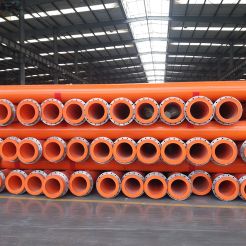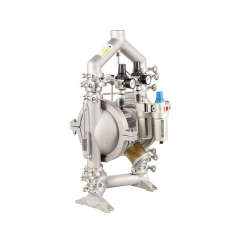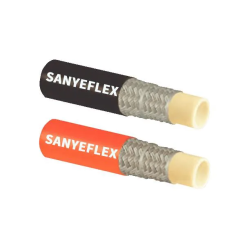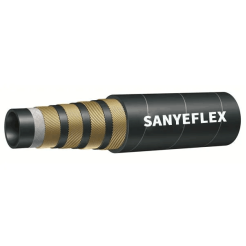Mixed bed resin-Window Washing ,Polishing resin
Mixed Bed Resin HL12M – Cation (H)/Anion(OH) In demineralizer or deionizer applications, the hydrogen (H) form cation and hydroxide (OH) form anion resins are referred to as separate beds, and when combined, as mixed bed.Window Washing, Wire EDM, Auto Washing.
Product Description
HL12M Mixed Bed Resin – Cation (H)/Anion(OH) In demineralizer or deionizer applications, the hydrogen (H) form cation and hydroxide (OH) form anion resins are referred to as separate beds, and when combined, as mixed bed.Window Washing, Wire EDM, Auto Washing.
Mixed bed resins or mixed bed ion exchange resins are mainly used in the water purification industry for polishing process water to achieve demineralized water quality (such as after a reverse osmosis system). Mixed bed as the name states consists of strong acid cation exchange and strong base anion exchange resin.
Typical applications include:
- Ultra pure water production
- Demineralisation
- Condensate polishing (boiler feed water)
- Micro-electronics cleaning
- Pharmaceuticals
Mixed bed resins, also known as mixed bed ion exchange resins, are a combination of cation and anion-selective resins that are used to purify water. These resins are used in a wide variety of applications including water softening, removing metal ions and other impurities, wastewater treatment, removing bacteria, energy storage, and many other industrial processes. The versatility of mixed bed resins make them an ideal choice for a variety of industries.
Mixed bed resins are comprised of two types of resins that are paired together in the same bed. De-ionize (DI) cation-selective resins, which remove positively charged ions like sodium, calcium and magnesium, are paired with anion-selective resins, which remove negatively charged ions like chloride and sulfate. Together, these two types of resins are able to purify water to a much higher degree than either of them alone.
Mixed bed resins are extremely reliable and efficient, capable of purifying large quantities of water with minimal maintenance. They also have a much longer service life than other types of resins and require less regeneration than their counterparts. The resins can be configured in various forms and sizes depending on the application and the size of the system. Typically, the resins are formed into plastic beads or beads with other material like sand.
One of the most common applications of mixed bed resins is in water softening. Hard water contains mineral ions such as calcium and magnesium, and softening is the process of removing these ions to make the water softer. Mixed bed resins can effectively remove the hard ions and replace them with sodium ions, making the water more palatable and useful.
In addition to water softening, mixed bed resins are also used for polishing window cleaning solutions, for the final and most important stage of water purification. During this process, the mixed bed resin beads are added to a solution to remove any remaining impurities, ensuring the water is as pure as possible. These resins are also used in wastewater treatment, to remove metals and organic matter from industrial run-off, and in energy storage applications.
Mixed bed resins are an excellent choice for purifying water, and their versatility makes them an ideal choice for a wide range of applications. With their ability to purify large quantities of water with minimal maintenance and a long service life, mixed bed resins are a reliable and efficient solution for water purification.
|
Appearance |
Pale yellow clear spherical beads |
|
Polymer Structure |
Gel polystyrene crosslinked with divinylbenzene |
|
Particle Size Range |
0.315~1.25 mm |
|
Uniformity Coefficient(max) |
1.7 |
|
<300μm(max) |
1% |
|
Shipping Weight |
0.72g/ml |
|
Moisture Retention |
55% |
|
Component Name |
Gel Strong Acid Cation Gel Strong BaseAnion |
|
Functional Group |
Sulfonic Acid Quaternary Ammonium |
|
Ionic Form |
H+ form OH-form |
|
Cation/Anion Volume Ratio |
50% 50% |
Note:
a. Keep the resin package intact and undamaged;
b. Do not open the package under direct sunlight.
c. Check regularly whether the resin packaging is good or not.
d. Keep the storage temperature of resin between – 50 º and 40 º
e. When opening the package, check whether the resin is slightly wet and spray pure water if necessary.
f. Seal the damaged bags as much as possible when changing them.
g. The frozen resin bags should be handled lightly to avoid mechanical impact and destroy resin particles.
h. When the performance of the resin declines, please make full use of the mixing resin, which can prolong the service life.
Email: info@Hailanresin.com
Mob.: +86 166 6392 6123
WeChat: +86 166 6392 6123
Whatsapp: +8616663926123
Add.: Henan Province Hebi City Industrial Park










